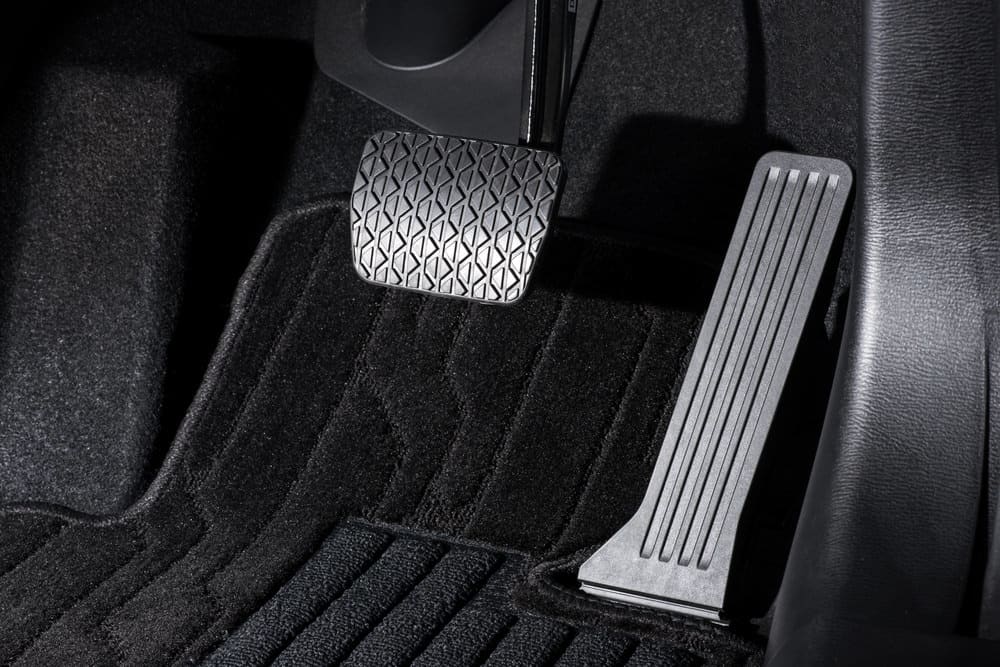

When we are discussing ABS systems it is good to note the year and make of your vehicle because ABS systems have evolved quite a bit over the years, but you also have to know how the ABS system works.
An anti-lock braking system or anti-skid braking system (ABS) is a system that allows the wheels on a motor vehicle to maintain tractive contact with the road surface according to driver inputs while braking, preventing the wheels from locking up and avoiding uncontrolled skidding. It is a computerized system that monitors all the wheels and applies the brakes. It does this at a much faster rate and with better control than a driver could manage.
ABS generally offers improved vehicle control and decreases stopping distances on dry and slippery surfaces; however, on loose gravel or snow-covered surfaces, ABS can significantly increase braking distance, although still improving vehicle control.
The first anti-lock brake systems started out with only having an ABS module (computer), an ABS hydraulic system built into the brake master cylinder, and only had one sensor built into the rear differential of a rear-wheel drive vehicle; this was known as RWAL anti-lock brakes. Automobile manufacturers then went on to put two ABS sensors on the rear wheels and made the hydraulic valving separate from the master cylinder.
Then the anti-lock brake system evolved to having one ABS sensor per wheel, a more sophisticated hydraulic valving system, and computers that would network with each other. Today, the vehicle may have four sensors, one located at each wheel, or the computer may only use the transmission output speed sensor to activate the anti-lock brakes by making the vehicle downshift the transmission or shut down part of the engine. Most of the vehicles on the road today have four sensors, one at each wheel, that you can see by looking behind the wheel at a wire that comes from the bearing area or the axle, which will most likely be your sensors.
Some of the vehicles today have the wires for the ABS going under the carpet in the interior of the vehicle to keep the wires out of the elements. In other vehicles, you will find the wires along the suspension systems. Some are also built into the wheel bearing assy, and if one goes bad you have to change out the whole bearing assembly. I hope that helps you locate where the sensors may be.



